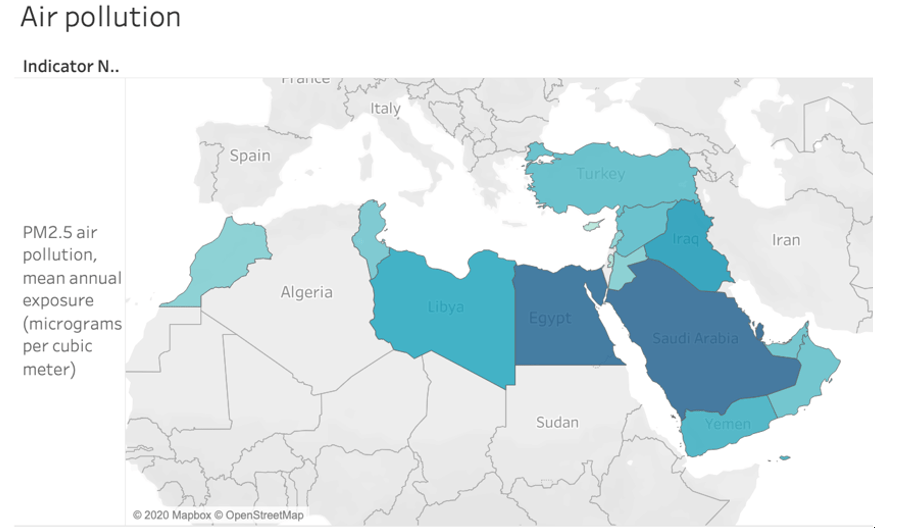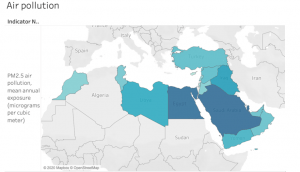


Putting an end to child marriage
“Transformation is often more about unlearning than learning”. – Rohr R.
As communities still follow their traditions and norms instead of educating themselves about the harms of child marriage, it continues to pose a threat to future generations to this day. Several factors shown in the dashboard can act as indicators for us to know in which countries this issue still persists. We used tableau to analyze these indicators by country and were surprised with the extent to which this issue is still present to this day and the lack of awareness about it. From our data, we categorized the indicators that are prevalent in our Country and discussed them with Lebanese activists (Mr Joe Maalouf, journalist – Ms. Hayat Mirshad, Head of communication and campaigning at RDFL). We were then able to come up with a clear picture of how the child marriage situation is in Lebanon; and accordingly, came up with solutions to reduce it.
In order to ultimately end child marriage, awareness should be raised to change cultural beliefs and norms.
It is time to put an end to child marriage!

Covid-19 impact on Pollution
We all heard that Covid-19 pandemic lock down has some positive impacts on earth. We did a project studying the impacts of Covid-19 on stock market, healthcare sector, flights, and Pollution. The visualization below shows NO2 levels in different continents before and after Covid-19.There was a decrease of NO2 levels in some continents due to lockdown(the factories closing, less pollutants emissions from cars, flights, etc.)

Vital Statistics in Lebanon
The following dashboard gives a complete image of the vital statistics in Lebanon starting year 1999 till the year 2018. It can be seen that the number of births has increased over the past few years by approximately 74 percent (top visual). However, during the same period, the number of deaths has increased slightly. The drastic increase in the number of births and yet slight increase in death rate call for further analysis of factors contributing to this improvement such as economic indicators, health care system and other relevant factors. What is worth noting, however, is that the number of divorces have doubled during the same time period. In comparison, the number of marriages has slightly increased between the years 1999 – 2018.
The following dashboard further shows a break down of these four variables (births, deaths, marriages, and divorces) by city and year. Beirut, the capital of Lebanon, has maintained the lowest number of births throughout the years (1999 – 2018). Interestingly, however, North Lebanon has had the highest number of vitals across all four variables throughout the same time period. Bekaa, on the other hand, had a relatively high marriage and divorce rate.
On a separate note, Lebanon has maintained an equal number of births and deaths across both genders throughout the same period (1999 – 2018).
Note that the dashboard is highly interactive. To maximize your experience, please view in full-screen and use filters by year and city as well as highlight by city.

The Lebanese Phoenix
My morning dark coffee was mixed lately with the sorrowful news regarding the collapse of the Lebanese economy. People are losing their jobs, their purchasing power, and even their hope to rise again. I felt for a couple of times that we are powerless and it’s the time to accept that hope is only a way to package the melancholic truth.
In my attempt to find any light inside the deep dark hole that we are inside, I remembered the metaphor of Lebanese phoenix that I heard about during the 2006 July war. Phoenix is the bird who can arise from the aches according to Greek mythology. Beirut, the capital of the old country, like the phoenix, was rebuilt more than seven times according to legend. So, to strengthen the glimpse of hope with actual reality, I searched for a recent stage where Lebanon was rising. I surprised when I found that between 1950 and 1974, Lebanon was in a golden stage with a GPD per capita is greater than many developed counties nowadays! So, my current concern becomes while drinking my morning coffee is how we can make the Lebanese phoenix rise again?
Note: I created this graph using tableau software based on the data from Maddison Project Database 2018.
